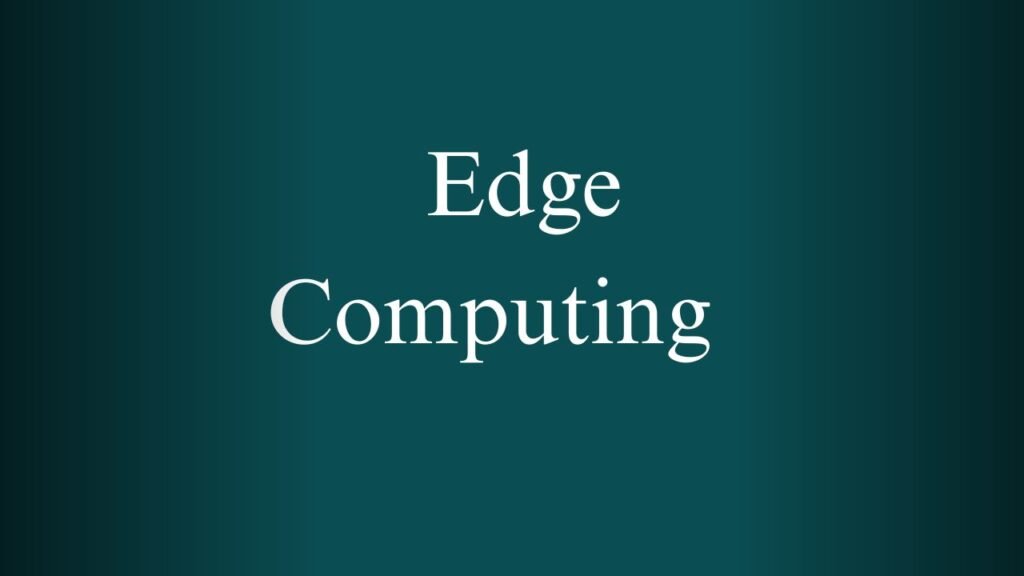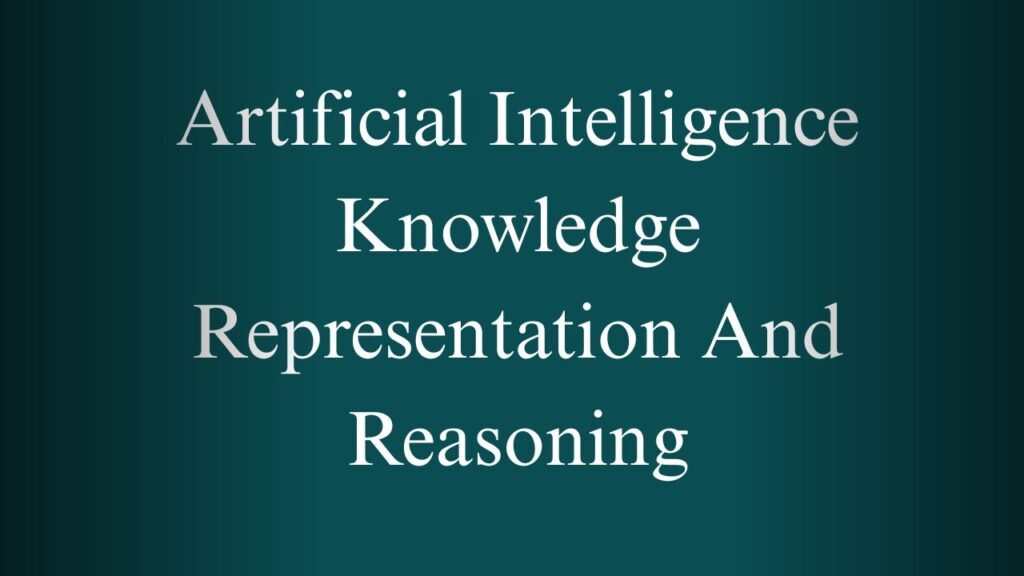NPTEL Blockchain and its Applications Week 1 And 2 Assignment Answers 2025
1. Which of the following statements is true regarding the foundational concepts of blockchain and cryptography?
- a) Decentralization in blockchain ensures that a single authority controls the network for higher efficiency.
- b) SHA-256 is a cryptographic hash function widely used in blockchain due to its fixed output size and collision resistance. ✅
- c) A hash chain is a sequence of cryptographic keys used to decode blockchain data.
- d) Cryptographic hash ensures that the blockchain data cannot be read by anyone outside the network.
✅ Answer: b
Explanation: SHA-256 is crucial in blockchain for its fixed 256-bit output, collision resistance, and determinism.
2. An attacker wants to find a collision in a cryptographic hash function with a 256-bit output. What is the approximate number of hash operations required to succeed?
- a) 1 × 2¹²⁸ ✅
- b) 0.75 × 2¹²⁸
- c) 1 × 2²⁵⁶
- d) 0.5 × 2²⁵⁶
✅ Answer: a
Explanation: Due to the Birthday Paradox, a collision in a 256-bit hash occurs in approximately 2¹²⁸ operations.
3. If it takes 10⁻⁶ seconds to compute one SHA-256 hash, how long to compute 2¹²⁸ hashes?
- a) 10¹⁰ years
- b) 10¹⁵ years
- c) 10²⁰ years
- d) 10²⁵ years ✅
✅ Answer: d
Explanation: 2¹²⁸ ≈ 3.4 × 10³⁸ hashes. At 10⁶ hashes/sec, it takes ~3.4 × 10³² seconds ≈ 10²⁵ years.
4. In a decentralized distributed system with 100 participants, which statement is true?
- a) At least 50 participants must trust each other.
- b) A central body governing communication is mandatory.
- c) Participants may or may not trust each other, as the system ensures integrity using cryptographic protocols and consensus. ✅
- d) All 100 participants must trust each other.
✅ Answer: c
Explanation: Blockchain ensures trust via cryptography and consensus protocols, not individual trust.
5. Block generation every 5 minutes. Hashrate halved for 4 out of 12 hours. How many blocks added?
- a) 120 ✅
- b) 200
- c) 216
- d) 240
✅ Answer: a
Explanation:
- Full speed: 8 hours → 8×60 / 5 = 96 blocks
- Half speed: 4 hours → 4×60 / 10 = 24 blocks
- Total = 96 + 24 = 120 blocks
6. Where are transaction logs stored in a blockchain?
- a) Centralized SQL database
- b) Immutable ledger controlled by a central authority
- c) Metadata tables on each peer
- d) Distributed ledger of each peer across the network ✅
✅ Answer: d
Explanation: Blockchain is distributed, and each peer/node maintains a copy of the ledger.
7. What is the Avalanche Effect in cryptographic hash functions?
- a) Same input gives different hash 99.99% of the time
- b) Takes 10⁵ attempts to reverse hash
- c) A small change in input flips most of the output bits ✅
- d) Hash function gives same output for same input
✅ Answer: c
Explanation: The avalanche effect ensures that even one bit change in input causes large change in hash.
8. Which of the following describes a blockchain?
- a) Centralized database
- b) Distributed ledger stored across multiple nodes and is immutable ✅
- c) Stores crypto transactions on a single node
- d) Controlled by a single user
✅ Answer: b
Explanation: Blockchain is a decentralized, distributed, and immutable ledger system.
9. Which are valid blockchain use cases?
- a) Cross-border payments ✅
- b) Supply chain management ✅
- c) Centralized AML tracking
- d) Data on single DB server
✅ Answer: a, b
Explanation: Blockchain supports decentralized tracking, making it ideal for finance and supply chain.
10. SHA-256 hash of concatenated hashes of strings A and B — what is the final hash length?
- a) 256 bits ✅
- b) 512 bits
- c) 128 bits
- d) 1024 bits
✅ Answer: a
Explanation: No matter input size, SHA-256 always outputs 256 bits.
NPTEL Blockchain and its Applications Week 2 Assignment Answers
1. RSA private key for p=11, q=19, e=11. What is d?
- a) 35
- b) 131 ✅
- c) 101
- d) 149
✅ Answer: b
Explanation:
- n=p×q=11×19=209n = p \times q = 11 \times 19 = 209n=p×q=11×19=209
- ϕ(n)=(11−1)(19−1)=10×18=180\phi(n) = (11 – 1)(19 – 1) = 10 \times 18 = 180ϕ(n)=(11−1)(19−1)=10×18=180
- e=11e = 11e=11, we find d such that (d × 11) mod 180 = 1
- Using Extended Euclidean Algorithm, d = 131
2. Steps for sending message with confidentiality and integrity?
- a) public, hash, private, public, private
- b) private, message, public, private, public
- c) public, hash, private, private, public ✅
- d) public, hash, private, public, public
✅ Answer: c
Explanation:
- Encrypt with Bob’s public key (confidentiality)
- Sign hash with Alice’s private key (integrity & non-repudiation)
- Bob decrypts with his private key, then verifies signature with Alice’s public key
3. What does digital signature in blockchain ensure?
- a) Sender can deny
- b) Ensures sender cannot deny, and receiver can verify ✅
- c) Only provides encryption
- d) Only ensures confidentiality
✅ Answer: b
Explanation:
Digital signatures ensure non-repudiation and verifiability of the sender.
4. Why does Alice sign with her private key?
- a) Encrypt the message
- b) Prevent others from reading
- c) Prove the message came from Alice ✅
- d) Hide contents
✅ Answer: c
Explanation:
Signing proves authenticity—only Alice has access to her private key.
5. Correct post-order traversal of the Merkle Tree?
- a) {…}
- b) {…}
- c) {1, 2, 12, 3, 4, 34, 1234, 5, 6, 56, 56, 5656, 12345656} ✅
- d) {…}
✅ Answer: c
Explanation:
Post-order: left subtree → right subtree → parent (applies recursively to entire tree)
6. What refers to a block in a blockchain?
- a) Future nonce
- b) Block size
- c) Previous Block Hash ✅
- d) Timestamp
✅ Answer: c
Explanation:
Each block has a hash of the previous block, ensuring immutability and integrity.
7. What is NOT aligned with cryptocurrency goals?
- a) Decentralization
- b) Immutability
- c) Centralized control ✅
- d) Transparency
✅ Answer: c
Explanation:
Cryptocurrencies are built to remove central control—this violates core principles.
8. Which statements about Bitcoin are true?
- 1, 2, 3 ✅
- 2, 3, 4
- 1, 2, 4
- 1, 3, 4
✅ Answer: a
Explanation:
Bitcoin:
- Uses Proof of Work
- Has P2P architecture
- Miners get rewards
(Statement 4 is false, Bitcoin does not use PoS)
9. What is ‘safety’ in Bitcoin?
- a) Preventing invalid transactions ✅
- b) Speed
- c) Transaction privacy
- d) Max TPS
✅ Answer: a
Explanation:
Safety ensures only valid blocks and transactions are added to the chain.
10. What is the goal of consensus in distributed systems?
- a) Same speed
- b) Agreement on single value/state ✅
- c) Fewer nodes
- d) Encrypt all data
✅ Answer: b
Explanation:
Consensus protocols (e.g., PoW, PoS) ensure all honest nodes agree on the same blockchain state.



